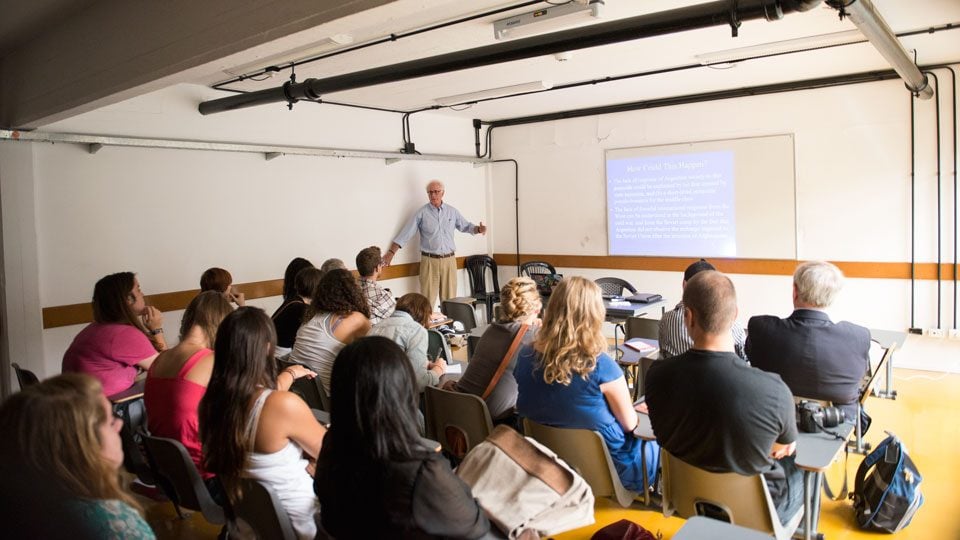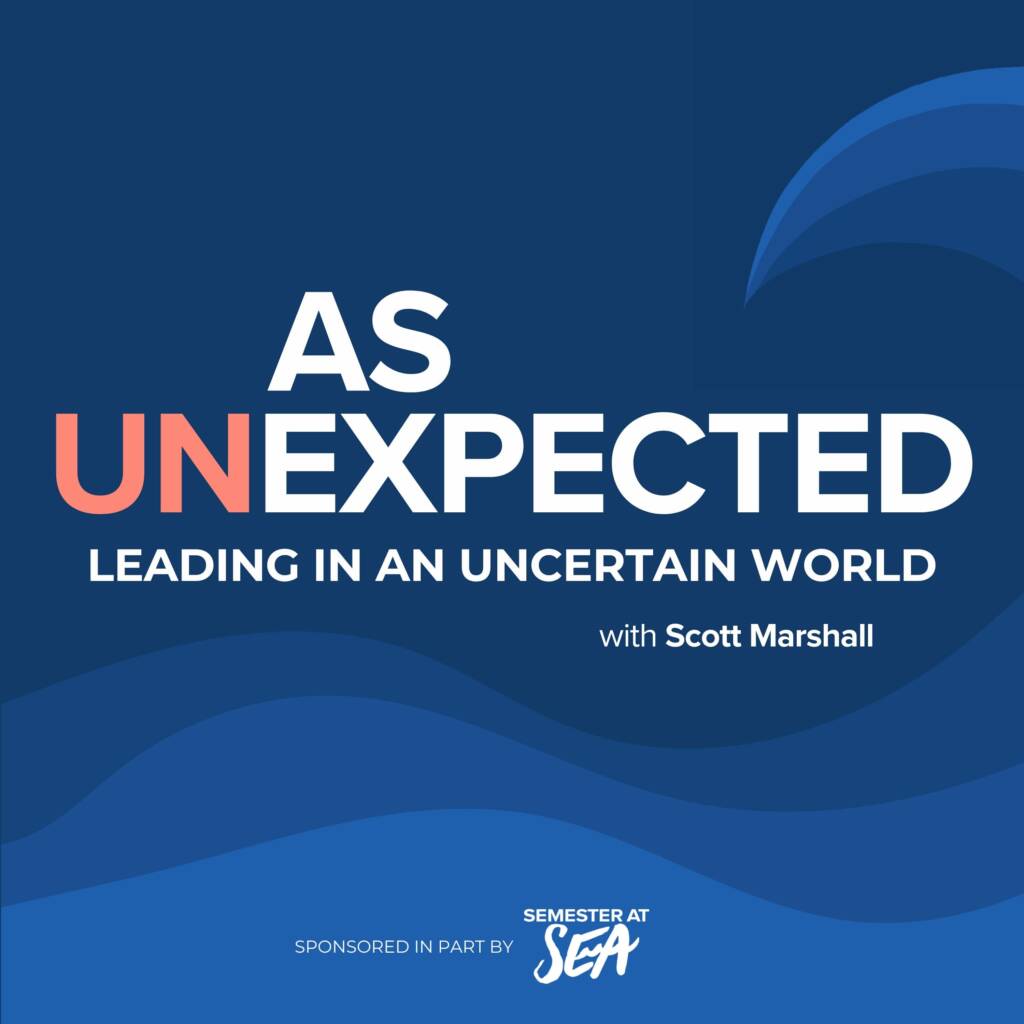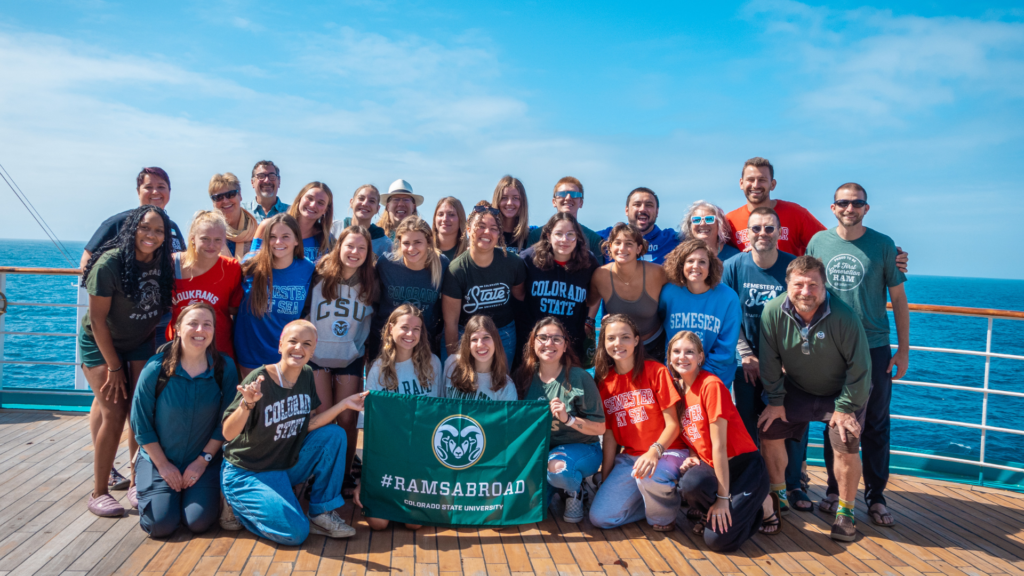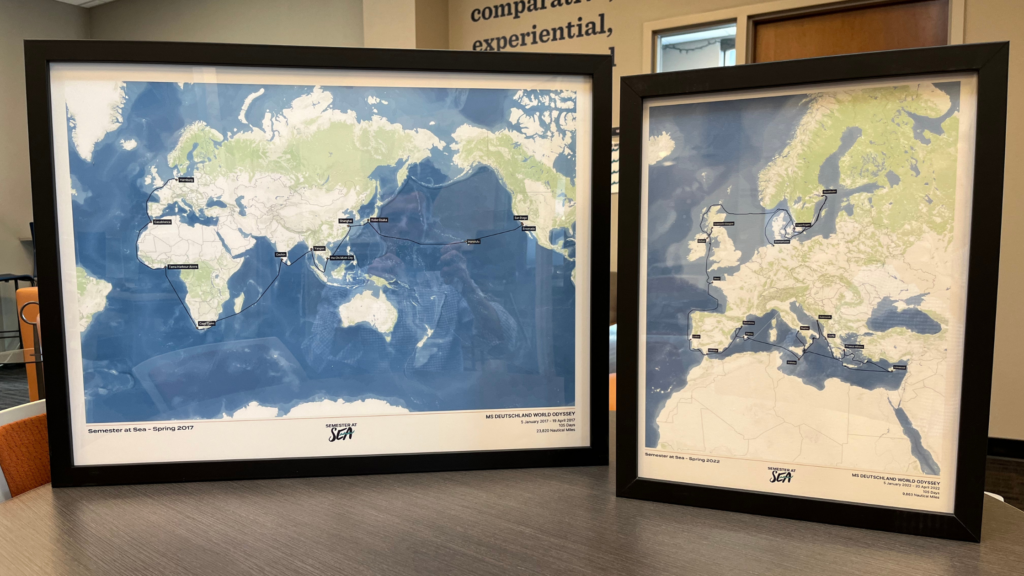
On my first day in Buenos Aires, Argentina, I was scheduled to go on a field trip with my Forensic Science and Criminal Justice class to see one of the DNA labs that had worked to piece together torn lives after that country’s “Dirty War” of the late 1970s and early 1980s. The field lab was to get a better sense of how forensic science and DNA analysis has evolved in Argentina and the challenges in analyzing samples from crime scenes. So, we visited a research lab at the University of Buenos Aires.
One of the greatest uses of DNA analysis in Argentina was to identify people killed during the Dirty War. The dirty war was a campaign waged by Argentina’s military dictatorship against any political opponents. It is estimated that between 10,000 and 30,000 people were killed during the Dirty War. These people became known as “Desaparecidos” or “The Disappeared Ones”, because when the military took them away and tortured them, they made sure no trace of their whereabouts could be found.
Today, families are still trying to identify unmarked bodies and find the children who were born in captivity and taken to live with military families. When the dictatorship ended, people were desperate to find their missing loved ones. DNA sequencing adapted to this purpose, and science grew in leaps and bounds to identify dead bodies and kidnapped children. Today, 100 out of the nearly 500 missing children has been found, to date, and many more bodies have been identified.
We were walked through a two-story building that housed the toxicology and biological evidence labs. It was back to back with the College of Economics in a few roughed up buildings that was the University of B.A. The lab doesn’t do a lot of work on the Desaparecidos anymore but, just a week before we arrived, another adult was identified as a former child who disappeared.
We poked our heads into the DNA lab and saw three generations of DNA sequencer machines. The newer they were, the sleeker the design, much like computers that are redesigned every year to look more modern. Each one has done its share of work to identify people. Fifteen bodies go through the autopsy room downstairs every day. Each is the victim of a crime or suicide, and many cases have DNA involved as evidence. The autopsy room and morgue themselves were cool and had a slight strange odor in the air, something I couldn’t identify.
It looked much like it does in the CSI shows on TV, but far from as sleek as those TV headquarters and workspaces. Much of the equipment, as well as the facilities, showed signs of aging and limited funding for repairs of updating.
The morgue was empty except for one body on a gurney in the center of the room. It didn’t occur to me for a few seconds that this was a dead body until I saw the bruises on her neck that showed she had hung herself.
It was a girl just barely younger than me. She was short and slight, with thick, wavy, black hair and immaculately painted nails. Her torso was covered with a dirty linen, thrown over her from neck to thigh.
She didn’t look dead, but it wasn’t a beautiful and dignified vision either. Her skin was just dark enough to now show the deathly paleness that usually marks the dead.
They had pulled her out into the room just for us to see, but the class didn’t come very close for very long. Some people in class were holding their noses from the smell. Some were giggling nervously. I was quiet. The girl was fascinating in a strange way.
When we stepped back onto the street, the light and noise and heat stood in stark contrast to the morgue. I wasn’t sick or sad, really. The girl on the gurney wasn’t a victim of the Dirty War. She was just a body now but, in a way, she was a desaparecido, vanished into this place where her only bed was a rough steel gurney and her only companions the sober doctors and whirring machines trying to find out who she was. The machines continue whirring to this day, for there will always be unidentified bodies. There will always be the unknown dead.
A version of this piece appeared on the blog of the University of Alaska-Fairbanks‘ newspaper, the Sun Star. The author is a student on the Fall 2013, 50th anniversary voyage.



